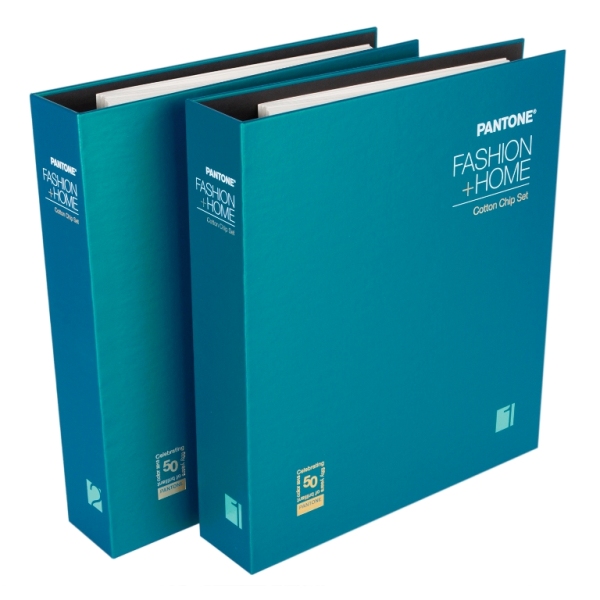Calibration Techniques for Accurate Measurements
Calibration is essential for ensuring the accuracy and reliability of measurement instruments. Various calibration techniques are available, each suitable for different types of equipment and measurement requirements. In this blog post, we will explore the top 10 calibration techniques that help achieve accurate measurements, providing insights into their applications and benefits.
1. Direct Comparison Method
The direct comparison method involves comparing the instrument being calibrated with a reference standard of known accuracy. This technique is straightforward and widely used in laboratories where reference standards are available. It ensures high accuracy and is suitable for a wide range of instruments.
Applications: Laboratory instruments, scales, balances
2. Zero and Span Calibration
Zero and span calibration is a two-point method used to adjust an instrument's output at the lowest and highest points of its range. This technique ensures the instrument provides accurate readings across its entire measurement range.
Applications: Pressure gauges, flow meters, temperature sensors
3. Multi-Point Calibration
Multi-point calibration involves calibrating an instrument at multiple points within its range. This technique provides a detailed calibration curve, ensuring accuracy across the entire measurement range. It is especially useful for non-linear instruments.
Applications: Analytical instruments, spectrometers, chromatographs
4. Loop Calibration
Loop calibration is used for instruments that are part of a control loop. This technique involves calibrating the entire loop, including sensors, transmitters, and controllers, to ensure the system operates accurately and efficiently.
Applications: Process control systems, automation systems
5. In-Situ Calibration
In-situ calibration is performed on-site without removing the instrument from its operational environment. This technique is ideal for large or fixed equipment and ensures that the instrument is calibrated under actual operating conditions.
Applications: Industrial machinery, HVAC systems, environmental monitoring equipment
6. Dry Block Calibration
Dry block calibration uses a dry block calibrator to provide a stable temperature source for calibrating temperature sensors. This technique is fast and eliminates the need for liquid baths, making it convenient for field calibration.
Applications: Thermocouples, RTDs, temperature transmitters
7. Software-Based Calibration
Software-based calibration involves using specialized software to adjust and verify instrument accuracy. This technique is often used for digital instruments and can automate the calibration process, increasing efficiency and reducing human error.
Applications: Digital multimeters, oscilloscopes, data acquisition systems
8. Automated Calibration Systems
Automated calibration systems use robotic arms or automated fixtures to perform calibration tasks. This technique enhances precision, repeatability, and speed, making it ideal for high-volume calibration laboratories.
Applications: Mass production calibration, automated testing facilities
9. Primary Standard Calibration
Primary standard calibration uses reference standards with the highest accuracy, often maintained by national metrology institutes. This technique provides the highest level of traceability and is used to calibrate secondary standards.
Applications: National measurement laboratories, reference material production
10. Transfer Standard Calibration
Transfer standard calibration involves using an intermediate standard to transfer accuracy from a primary standard to the instrument being calibrated. This technique ensures traceability while allowing for more flexible calibration processes.
Applications: Field calibration, inter-laboratory comparisons
Conclusion
Choosing the right calibration technique is crucial for ensuring accurate measurements and maintaining the reliability of your instruments. Each of the techniques discussed here has its unique advantages and applications, making it essential to select the one that best fits your specific requirements. Regular calibration using these top techniques will help maintain the highest standards of accuracy and efficiency in your operations.
#CalibrationTechniques #AccurateMeasurements #BestCalibrationMethods #MeasurementAccuracy #QualityControl #IndustrialCalibration #Instrumentation #ProcessControl #PrecisionEngineering #CalibrationStandards #TechInnovation #OperationalEfficiency #CalibrationServices #LabCalibration #FieldCalibration







